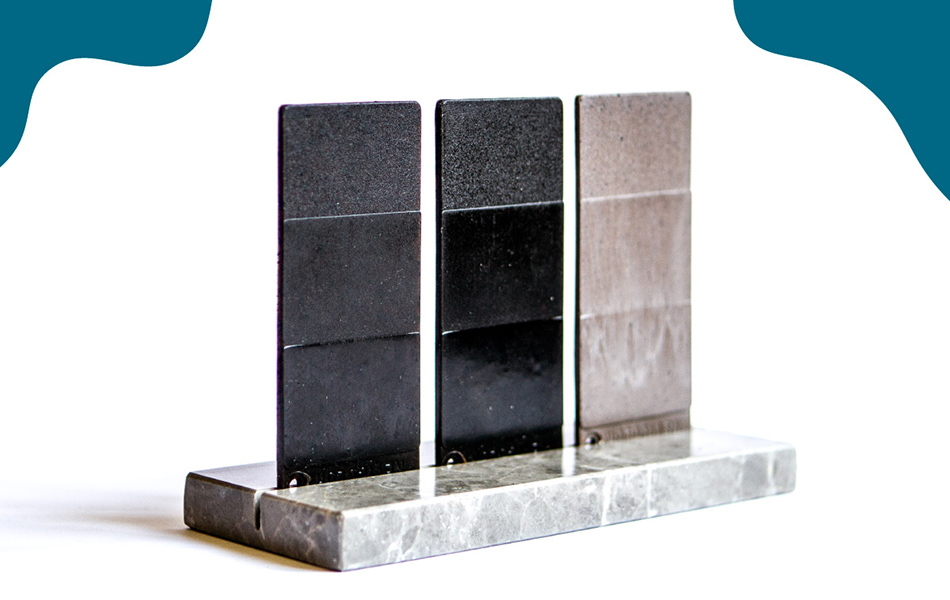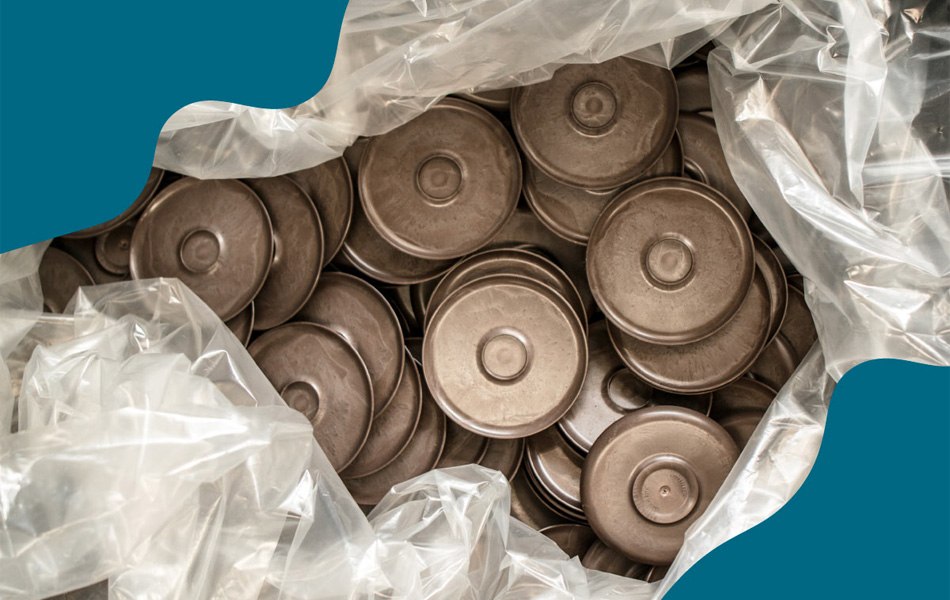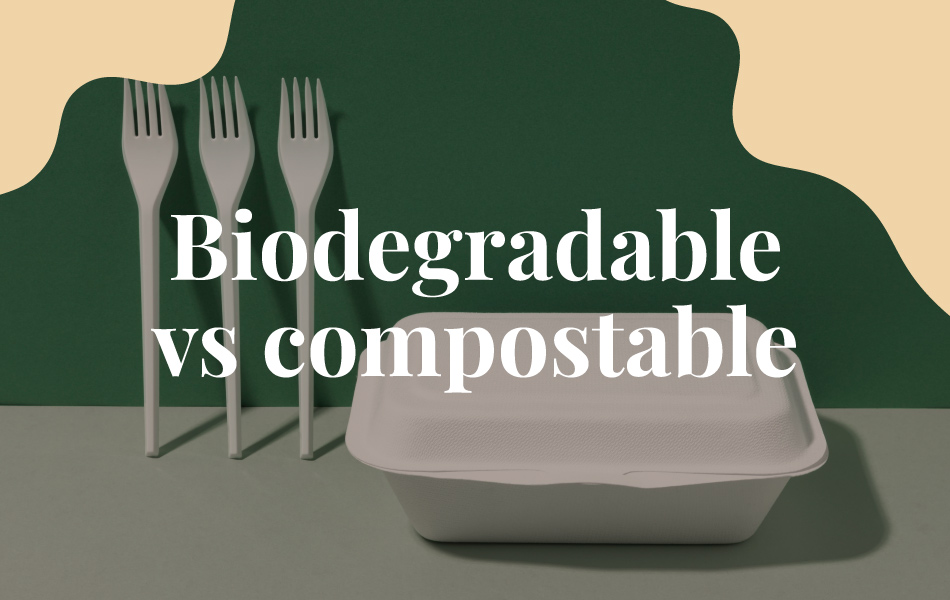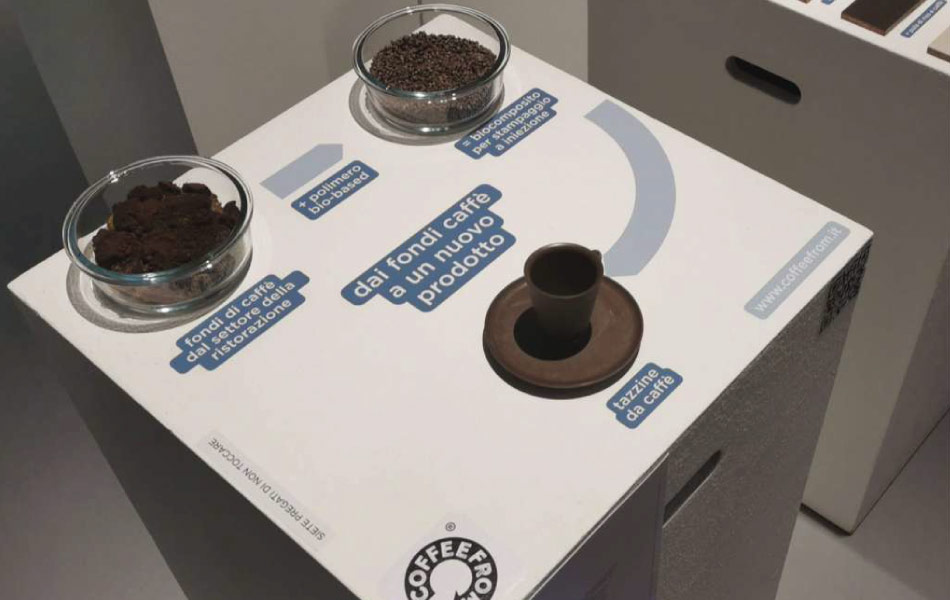6 ways to reuse coffee grounds

Coffee grounds are defined as the waste produced after roasting and consuming coffee. Among the most voluminous organic wastes, it is estimated that 9 million tons of coffee grounds are produced in the world every year. The more coffee consumption increases, the more coffee grounds are originated, which consume large amounts of oxygen during their disposal in landfills. The good news is that coffee grounds constitute a real “black gold”. Thanks to their chemical-physical properties, coffee grounds can be reused in several domestic and industrial contexts. Let’s find out together in this article!
Reusing coffee grounds at home
At home, coffee wastes are produced every time we prepare coffee. You may not know that only 1% of the nutrients contained in coffee end up in your cup, while the remaining part is contained in coffee grounds, like proteins, lipids, hemicellulose, cellulose, lignin and mineral salts. But, based on their nutrients, coffee grounds can be reused at home too. Let’s see how!
1. Natural fertilizer
Thanks to the nitrogen contained in coffee grounds, it is possible to use them as natural fertilizer. They can be mixed directly into the soil or sprinkled on the pot ground. By leaving two cups of coffee grounds in a bucket of water for 24 hours, you can also obtain a natural liquid fertilizer to be used directly on the plants. In any case, it is essential to remove the moisture of the coffee grounds to avoid the formation of molds; to do so, simply wipe them with a cloth and store them in a glass container.
2. Smell absorption
By keeping your coffee wastes inside the refrigerator or drawers, it is possible to neutralize smells thanks to the action performed by the nitrogen present in the coffee grounds.
3. Skin scrub
Coffee grounds mixed with olive oil can be used to create a face mask, thanks to the exfoliating properties of coffee. Just let the coffee grounds dry and then add the olive oil, until you get a fluid cream.
4. Home-made mushrooms
The coffee grounds constitute a clean and sterile waste, thanks to the high temperatures to which they are subjected during the coffee making. That’s why they can be reused as a substrate to grow fresh mushrooms.
Recycling coffee grounds on an industrial scale
5. Renewable energy
Coffee grounds can be recycled to generate renewable energy. One of the main examples is the new life of coffee wastes in biogas plants, where the energy is obtained from agricultural biomass (dedicated crops, by-products and agricultural waste), agro-industrial (waste from the food processing chain) and the organic fraction of solid urban waste. The waste from biogas processing is also used to produce digestations, which can be used as a natural fertilizer for the soil.
6. Renewable energy
Coffee wastes can also be used as a secondary raw material, i.e materials at the end of their life which are not considered waste but are reintegrated into new production processes (by-products) instead. At Coffeefrom, we recover industrial coffee grounds as a by-product to form new recycled and bio-based thermoplastic compounds, with the aim of creating circular alternatives to virgin materials.
Click here to discover our last product made from coffee grounds





























